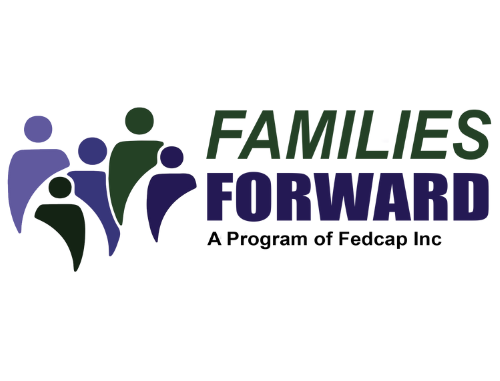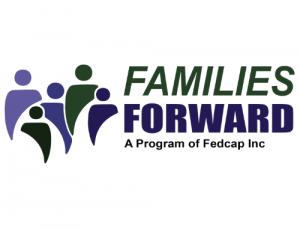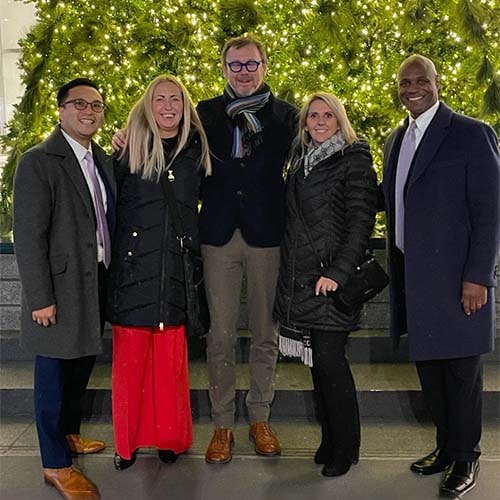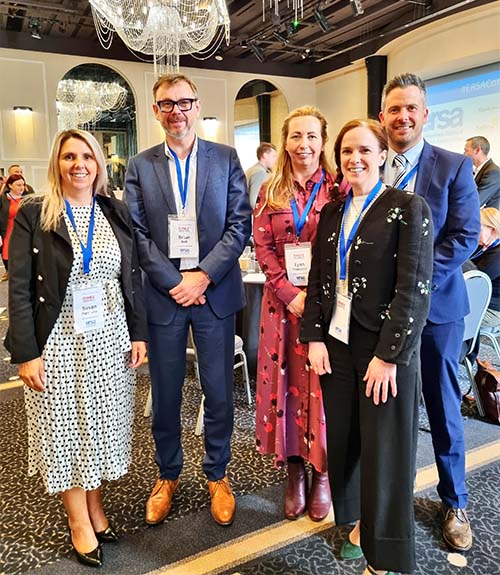Putting Data Collection at the Forefront of Designing Products And Services

May 2, 2022
Over the past three weeks I have focused my Insights column on strategies involved in building a customer-centric organization.
Research is clear that customer centric organizations have better customer retention, better bottom lines and overall much more promising long-term sustainability. Customer-centricity is about putting the customer at the center of everything an organization does, and, according to Harvard Business Review, enhancing the customer experience is the new competitive battleground.
Yet, according to PwC, only 38 percent of U.S. consumers say the employees they interact with understand their needs or their customer experience. Recent articles in Harvard Business Review, HubType and Optimove identify a common set of areas to focus on when serious about building a customer-centric organization including developing a customer-centric culture:
- Hiring staff through the lens of their commitment to customer service;
- Ensuring customer data is easily shared across the organization and that any organizational silos that inhibit sharing are eliminated;
- Implementing technology that is flexible and allows ease of access to consumer information, allowing companies to rapidly course correct when indicated; and
- Designing products and services with data collection in mind.
Today we will focus on the process of ensuring that collecting data about the consumer experience is at the front end of designing products and services. In other words, “Design the input to get the output.”
Companies need to design programs and services so that collecting customer data and feedback on their experiences is built into multiple stages of the customer experience starting with the first interaction. Building technology to capture these data throughout the consumer experience with the organization allows for individual consumer as well as aggregate analysis of how customer centric the organization really is.
When mapping the customer experience, as discussed previously in this series, it is important to determine the points in which the customer experience should be moving them toward achieving their goals. At these points, time should be set aside for information gathering and analysis and course correction as indicated. According to Harvard Business Review, “What companies really need to home in on is the progress that the customer is trying to make in a given circumstance—what the customer hopes to accomplish. This is what we’ve come to call the job to be done.” And rather than trying to piece the puzzle together after products and services are launched, design them with the desired output in mind and then use that data to drive company interactions with their customers.
As I have discussed in this series, customer centricity is critical to organizational growth and sustainability. Getting it right requires that companies examine the current status of their customer centeredness using data and rigorous analytics, using the information to make cultural, practice and technological and changes as needed.
Next week I intend to focus on how CEOs can demonstrate that they are serious about customer centricity.
2 de mayo de 2022
Poner la Recopilación de Datos a la Vanguardia del Diseño de Productos y Servicios
Durante las últimas tres semanas he centrado mi columna de “Insights” en las estrategias involucradas en la construcción de una organización centrada en la atención al cliente.
La investigación es clara en cuanto a que las organizaciones centradas en la atención al cliente tienen una mejor retención de clientes, mejores resultados finales y, en general, una sostenibilidad a largo plazo mucho más prometedora. La centralidad en la atención al cliente se trata de poner al cliente en el centro de todo lo que hace una organización y, según Harvard Business Review, mejorar la experiencia del cliente es el nuevo competitivo campo de batalla.
Sin embargo, según PwC, solo el 38 por ciento de los consumidores estadounidenses dicen que los empleados con los que interactúan entienden sus necesidades o su experiencia del cliente. Artículos recientes en Harvard Business Review, HubType y Optimove identifican un conjunto común de áreas en las que centrarse cuando se toma en serio la construcción de una organización centrada en la atención al cliente, incluido el desarrollo de una cultura centrada en la atención al cliente:
- Contratación de personal a través de la lente de su compromiso con el servicio al cliente;
- Garantizar que los datos de los clientes se compartan fácilmente en toda la organización y que se eliminen todos los silos organizacionales que inhiban el intercambio;
- Implementar tecnología que sea flexible y facilite el acceso a la información del consumidor, permitiendo a las empresas corregir rápidamente el rumbo cuando se indique; y
- Diseñar productos y servicios teniendo en cuenta la recopilación de datos.
Hoy nos centraremos en el proceso de garantizar que la recopilación de datos sobre la experiencia del cliente esté a la vanguardia del diseño de productos y servicios. En otras palabras, “Diseñar el aporte para obtener el resultado.”
Las empresas necesitan diseñar programas y servicios para que la recopilación de datos de los clientes y la retroalimentación sobre sus experiencias se integren en múltiples etapas de la experiencia del cliente, comenzando con la primera interacción. La creación de tecnología para capturar estos datos a lo largo de la experiencia del cliente con la organización permite el análisis individual del cliente, así como el análisis agregado de cuán centrada en la atención al cliente es realmente la organización.
Al esquematizar la experiencia del cliente, como se discutió anteriormente en esta serie, es importante determinar los puntos en los que la experiencia del cliente debe moverlos hacia el logro de sus objetivos. Para estos puntos, se debe reservar tiempo para la recopilación y el análisis de la información y la corrección del curso según lo indicado. Según Harvard Business Review, “Lo que las empresas realmente necesitan para centrarse en el progreso que el cliente está tratando de hacer en una circunstancia determinada, o lo que el cliente espera lograr. Esto es lo que hemos llegado a llamar el trabajo que debe hacerse. Y en lugar de tratar de armar el rompecabezas después del lanzamiento de los productos y servicios, diseñarlos con el resultado deseado en mente y luego usar esos datos para impulsar las interacciones de la empresa con sus clientes.
Como he dicho en esta serie, la centralidad de cliente es fundamental para el crecimiento y la sostenibilidad de la organización. Hacerlo bien requiere que las empresas examinen el estado actual de su centrado en la atención al cliente utilizando datos y análisis rigurosos, utilizando la información para mejorar los cambios culturales, prácticos y tecnológicos según sea necesario.
La próxima semana tengo la intención de centrarme en cómo los directores ejecutivos pueden demostrar que se toman en serio la centralidad en el cliente.






 Brian Bell, CEO of Fedcap Employment and Fedcap Scotland, was recently presented with The Employment Related Services Association (ERSA) Outstanding Contribution to the Sector award. ERSA, the national membership body for the employment support sector that advocates for high-quality services for the UK’s jobseekers and low earners, presented Brian with the award in a virtual ceremony in July, 2020—and in person on April 5th of this year at ERSA’s annual conference.
Brian Bell, CEO of Fedcap Employment and Fedcap Scotland, was recently presented with The Employment Related Services Association (ERSA) Outstanding Contribution to the Sector award. ERSA, the national membership body for the employment support sector that advocates for high-quality services for the UK’s jobseekers and low earners, presented Brian with the award in a virtual ceremony in July, 2020—and in person on April 5th of this year at ERSA’s annual conference.





